How to clean outdoor cushions in 4 simple steps – get them spring-ready by hand, or in the washer without damage
Simple steps to a summer spruce up


Linda Clayton
As the weather warms, learning how to clean your outdoor cushions without damaging them is vital for fully enjoying your outdoor space. If you've pulled your outdoor cushions out of storage, or perhaps they were left out in the winter elements, they will likely now be covered with dirt, mold, or other stubborn stains.
But don't fret if they're looking and smelling worse for wear. Rather than replacing them, you can clean them in just four expert steps, helping spruce up your outdoor seating accessories as spring gets into full swing.
Here, cleaning experts share their top tips to freshen up outdoor cushions as the perfect finishing touch when tackling essential outdoor cleaning tasks.
How to clean outdoor cushions like a pro
Sarah Dempsey, cleaning expert at MyJobQuote begins, ‘Whenever you buy outdoor cushions, keep a note of the cleaning instructions, as different brands and fabrics will have different recommendations. Label instructions and laundry symbols wear off with time, so note them down and keep them handy in your utility room or by the washing machine.'
Generally speaking, however, you can make great use of the following supplies when cleaning outdoor cushions yourself:
- A gentle lint brush, available from Walmart, or the best vacuum with an upholstery attachment.
- Gentle laundry detergent, such as the Attitude detergent, from Walmart, which is free from harsh chemicals and artificial dyes and fragrances.
- Microfiber cloths, from Target, to dab stains.
- Optional: White vinegar, from Target, to kill mold.
1. Brush off loose dust and dirt

Remove loose dirt to prevent smears and stains when washing later.
Outdoor cushions benefit from a regular shake-out to remove loose dust and mites before cleaning. Do this outdoors and downwind of your patio area to avoid spreading the dust onto outdoor furniture.
Just like when you’re cleaning upholstery inside, suction out any dust in the creases and seams of any outdoor cushions and seat pads that don’t have removable covers using the upholstery attachment on your vacuum; a cordless vacuum will make the job easier to do outdoors.
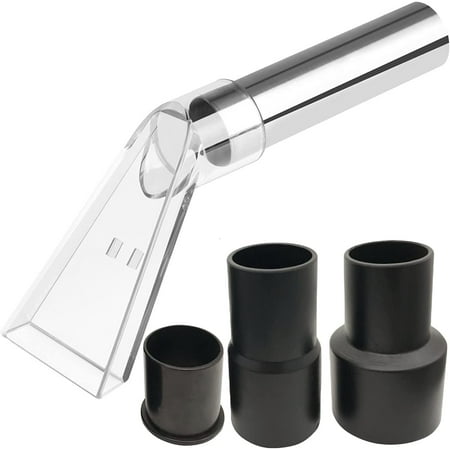
This universal shop vacuum attachment set helps to reach all the nooks and crannies in your upholstered furniture, as well as remove deep-seated dust and dirt from your outdoor cushions.
2. Machine wash what you can
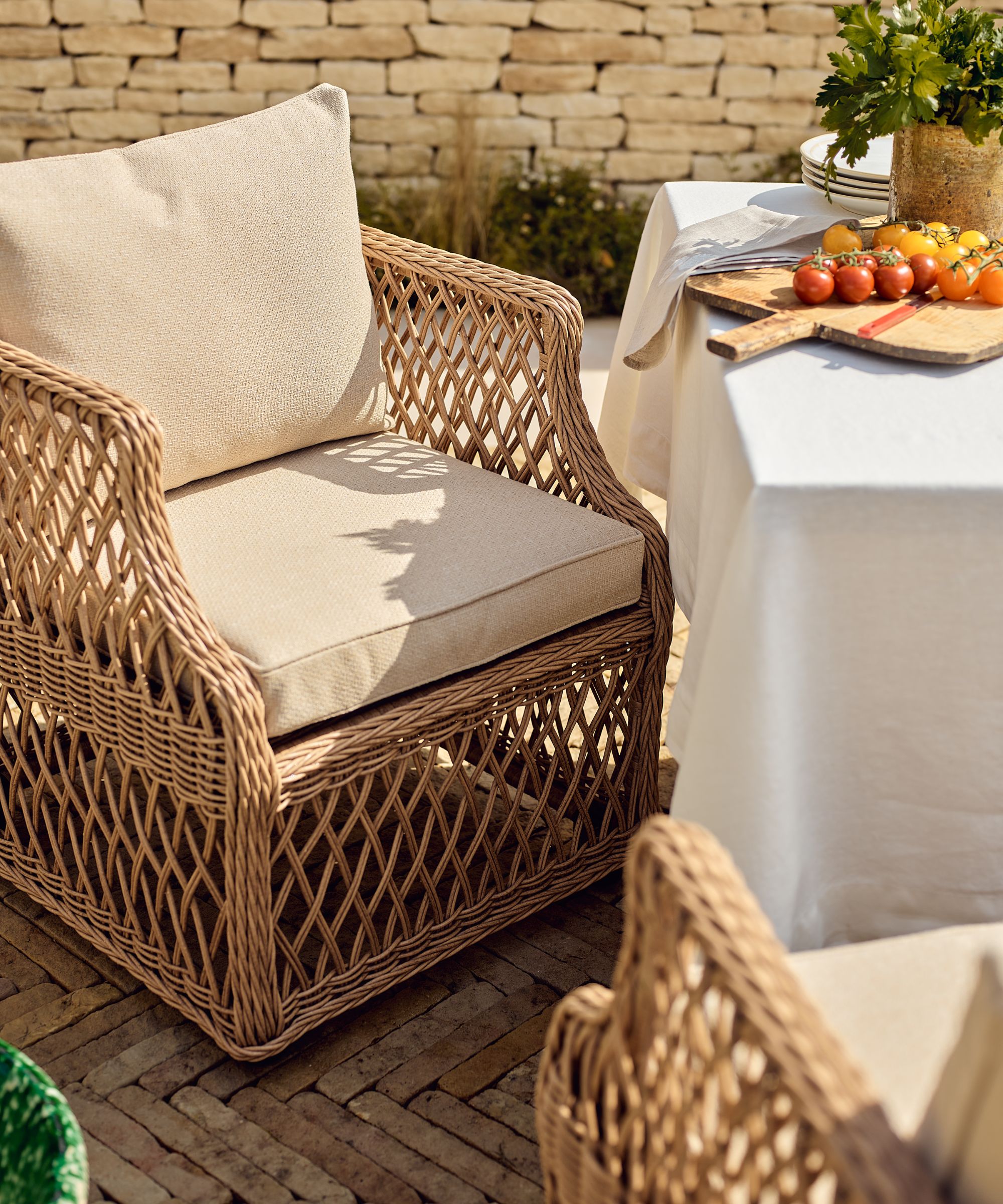
Machine washing takes the effort out of cleaning outdoor cushions while fluffing them up.
Some outdoor furniture comes with machine-washable cushions or removable cushion covers. If this is the case, popping them in the washing machine with a mild detergent, such as Tide Free & Gentle Laundry Detergent, from Walmart, can help remove odors and stains.
Cleaning expert Sarah Dempsey adds, 'Do look for a washing label inside the cover to be safe. In the absence of a wash label, you can often tell by feel. Removable covers that don’t feel like they have a special water-repellent coating on them, can usually be machine-washed. Use a low temperature and mild detergent.'
Once clean, reap the benefits of air-drying laundry by handing the cushions or covers out in the sun to dry. This will further remove odors, lighten stains, and reduce the risk of items shrinking.
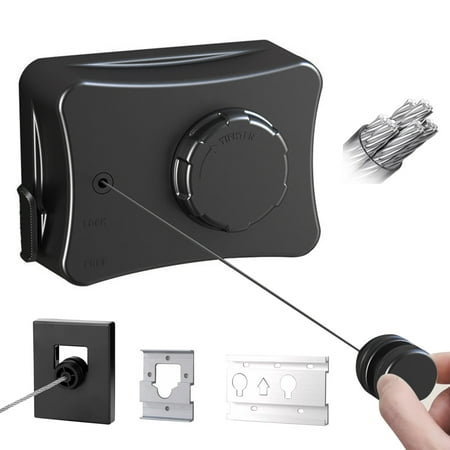
Ideal for drying items in the sun, this retractable clothesline can be strung between two posts, walls, or fences to make air drying laundry simple.
3. Hand clean stains

Hand wash outdoor pillows and inserts where necessary. Fully dry the inserts before putting them back in their cases as you may end up with a mold problem.
If your outdoor cushions cannot be washed in your best washing machine, or they have tough stains, you will need to clean upholstery by hand instead.
The process is very similar to hand-washing clothes, Laura Schwarze, Head of Luxury Rattan assures. She suggests, ‘Use warm water, not too hot, with a mild detergent to clean non-removable cushion covers. A soft-bristled scrubber can help ease away any stubborn dirt before cleaning with a damp cloth.
It can be a good idea to do a patch test on the back of the cushion first to check your chosen detergent and/or brush doesn’t mark the fabric.
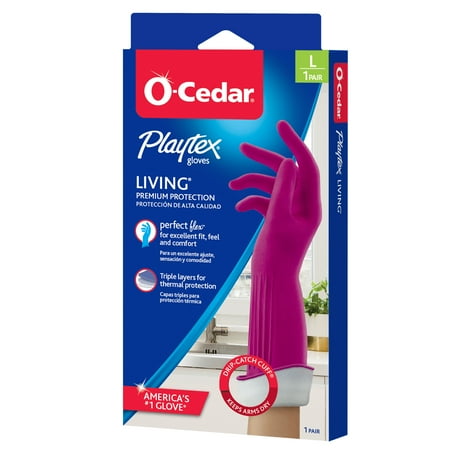
When handling detergent, wear cleaning gloves to protect your skin from irritation and drying out.
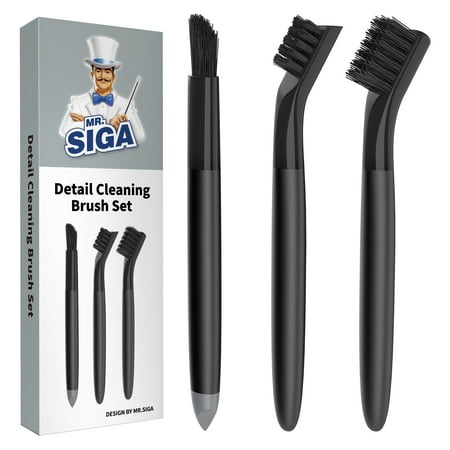
These detail brushes are for more than just grout. The fine heads make them perfect for target-treating outdoor cushion stains and preventing them from spreading.
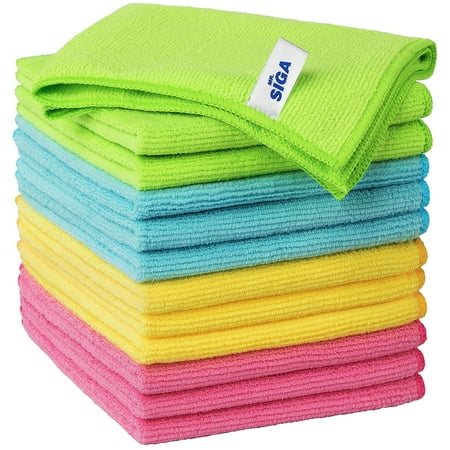
Microfiber cloths are super absorbent, making it easy to soak up marks and stains from fabrics without needing to scrub. No matter how grubby they get, they clean up well in the washer. Skip fabric softener to help them maintain their ability to soak up liquid.
If yours have been stored in a damp or poorly ventilated space, you may have to clean mold off outdoor cushions.
One of the best ways to get rid of black mold is to clean it with vinegar. Make your own DIY cleaning solution by mixing one cup of vinegar with a gallon of warm water, and a drop of liquid detergent.
Then, spray the mix on your cushions, let it sit for up to half an hour, and rinse off. Finish by dabbing with plain water and detergent to remove residue, and allow the cushion to dry in a warm, ventilated spot, such as in the sun on your patio, to help remove odors and further lighten stains – especially when cleaning white outdoor cushions.
Sunshine helps to naturally fade stubborn stains, too.
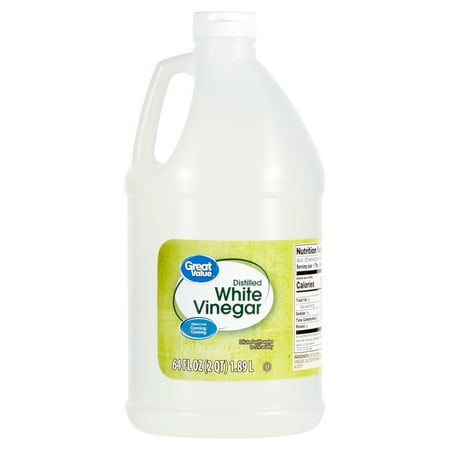
White vinegar has a lower water content than bleach, making it more effective against mold spores. Plus, it is safer for use as it contains no harsh or dangerous chemicals.
4. Let them dry thoroughly

Letting freshly cleaned outdoor cushions dry in the sun helps lift stubborn stains and prevent mold and musty smells.
Sarah Dempsy concludes, 'Cushions will need to dry fully to prevent mildew forming. Once dried out, you may wish to coat fabric with a stain and water-repelling product, so they can be wiped clean in the future.'
Don't think the task is over there, however. Polya Petrova, cleaning and laundry expert at Fantastic Services adds, 'Besides knowing how to clean your furniture, regular maintenance is also important. To keep it in good condition, perform periodic cleaning and check for any signs of damage or wear.'
Meet the experts

Mold, dirt and grime stand no chance against Polya who is a dedicated partner of the cleaning company, Fantastic Services. Polya prides herself on her end-of-tenancy cleaning, which involves tackling bathrooms and problem areas like tiles. She has been a professional cleaner since 2017. But last year she decided to take the leap and become a Fantastic Services franchisee.
FAQs
How can I help make my outdoor cushions last longer?
It can prove a bit of a nuisance, but popping your outdoor cushions away each night will protect them from damp overnight air and help them last longer. An outdoor storage ottoman, such as the 71-gallon durable resin outdoor storage caddy from Wayfair is handy for keeping cushions tucked away overnight; some outdoor furniture includes storage for this purpose inside tables or sofas.
‘To prevent dirt build-up and stains on your outdoor furniture, consider using plastic cover cushions, or make sure you’re treating your fabric with upholstery protectors,’ adds Ash Read, an interior expert at Living Cozy.
Never leave outdoor cushions outside through winter. Instead, wash them carefully, dry thoroughly and store them in an airtight bag or container in the shed or attic.
How do you remove bird mess from outdoor cushions?
Bird poop is one of the worst offenders to deal with, so we know you’ll wear gloves! First scrape off the bulk of it, then give it a good vacuum on the highest setting. The more you can get off before adding water, the better your chances.
Next, mix a drop of liquid detergent into a spray bottle of warm water and spray the spot. Blot the dirt out and repeat until gone. The trick is not to scrub, otherwise you’ll risk pushing the dirt further into the fabric. If you can machine wash the cover, do so, and sanitize your washer afterward. Otherwise, rinse off any soap residues with the garden hose.
Warmer weather and longer hours of sun make cleaning outdoor cushions one of the essential outdoor cleaning tasks to do now, taking advantage of the weather before the hosting season well and truly kicks off.
Sign up to the Homes & Gardens newsletter
Design expertise in your inbox – from inspiring decorating ideas and beautiful celebrity homes to practical gardening advice and shopping round-ups.

Chiana has been at Homes & Gardens for two years and is our resident 'queen' of non-toxic living. She spends most of her time producing content for the Solved section of the website, helping readers get the most out of their homes through clever decluttering, cleaning, and tidying tips. She was named one of Fixr's top home improvement journalists in 2024.
You must confirm your public display name before commenting
Please logout and then login again, you will then be prompted to enter your display name.
-
 How to grow astilbe – expert advice on cultivating this shade-tolerant flowering perennial
How to grow astilbe – expert advice on cultivating this shade-tolerant flowering perennialShade-tolerant and pest-resistant - astilbe are hardy and tough perennials that can thrive in many settings
By Ellen Wells Published
-
 Vintage prints are making a comeback – designers say to look out for these 5 nostalgic patterns this year
Vintage prints are making a comeback – designers say to look out for these 5 nostalgic patterns this yearThese vintage-style patterns are all the rage right now, and we spoke with design experts to learn how best to style them in the home
By Eleanor Richardson Published
-
 5 things people with clean upholstery always do – simple, quick and oh-so-effective
5 things people with clean upholstery always do – simple, quick and oh-so-effectiveEnsure your furnishing looks clean year-round with these expert tips
By Seraphina Di Mizzurati Published
-
 'Wick away the ick' – 6 things people with clean laundry rooms always do to make this hardworking space shine
'Wick away the ick' – 6 things people with clean laundry rooms always do to make this hardworking space shineThese tips on how to clean your laundry room will banish grime
By Seraphina Di Mizzurati Published
-
 How safe are carpet deodorizers? As a seasoned vacuum tester, I urge you to try alternative methods
How safe are carpet deodorizers? As a seasoned vacuum tester, I urge you to try alternative methodsNatural cleaning is always the answer
By Dan Fauzi Published
-
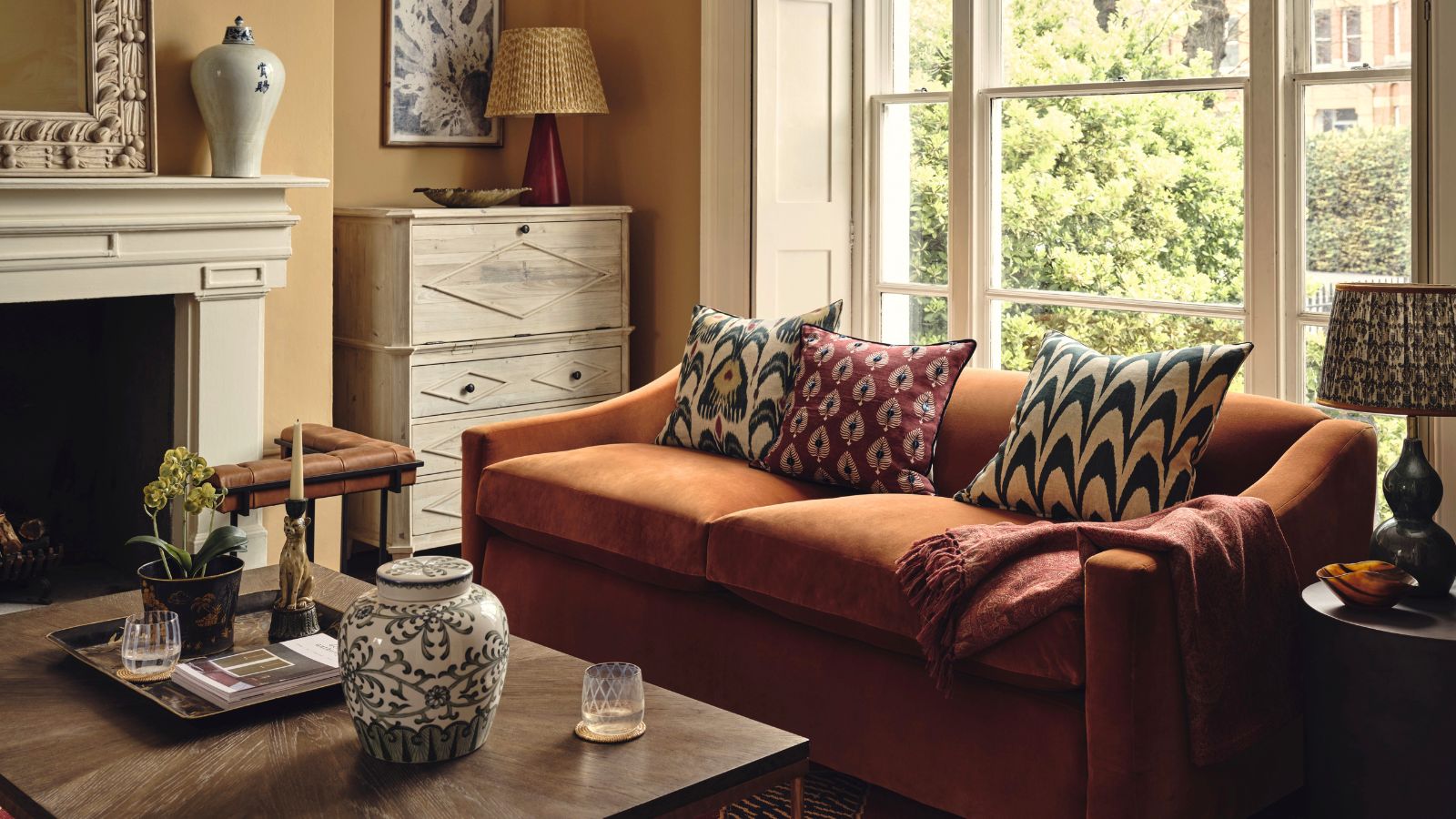 'The world will not end' – 5 cleaning habits to quit for a happier, easier life, and what to do instead
'The world will not end' – 5 cleaning habits to quit for a happier, easier life, and what to do insteadGet your home sparkling, minus the stress
By Ciéra Cree Published
-
 9 things you can clean with glycerin – this cheap and natural cleaner is perfect for indoor and outdoor use
9 things you can clean with glycerin – this cheap and natural cleaner is perfect for indoor and outdoor useFrom patio furniture to silverware, this hydrating and gentle cleaning agent will work miracles
By Ciéra Cree Published
-
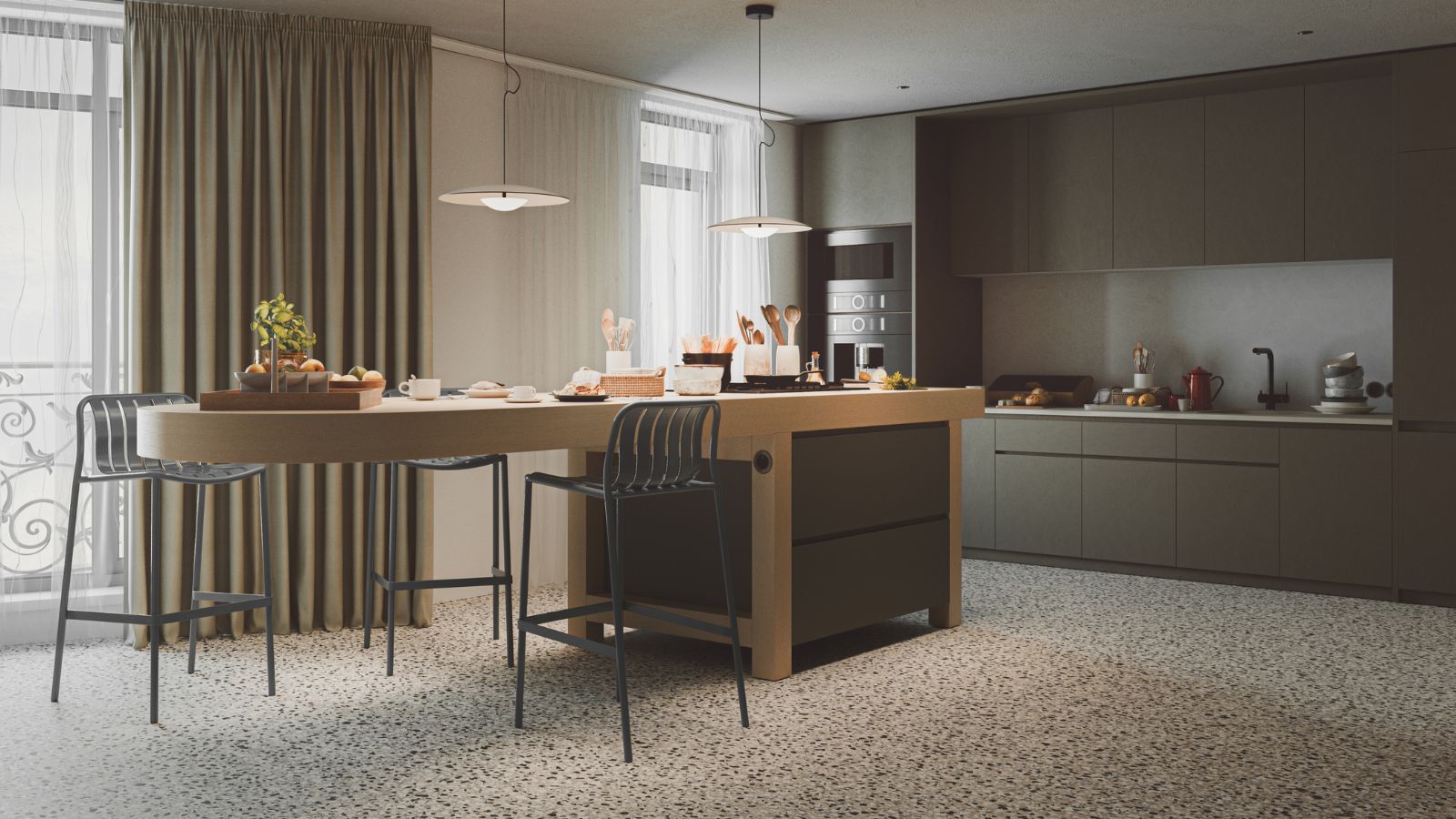 How to clean a terrazzo floor in 5 steps – expert tips to scrub, shine, and seal this sparkling floor finish
How to clean a terrazzo floor in 5 steps – expert tips to scrub, shine, and seal this sparkling floor finishAvoid damage and protect it's shine with these expert tricks
By Chiana Dickson Published
-
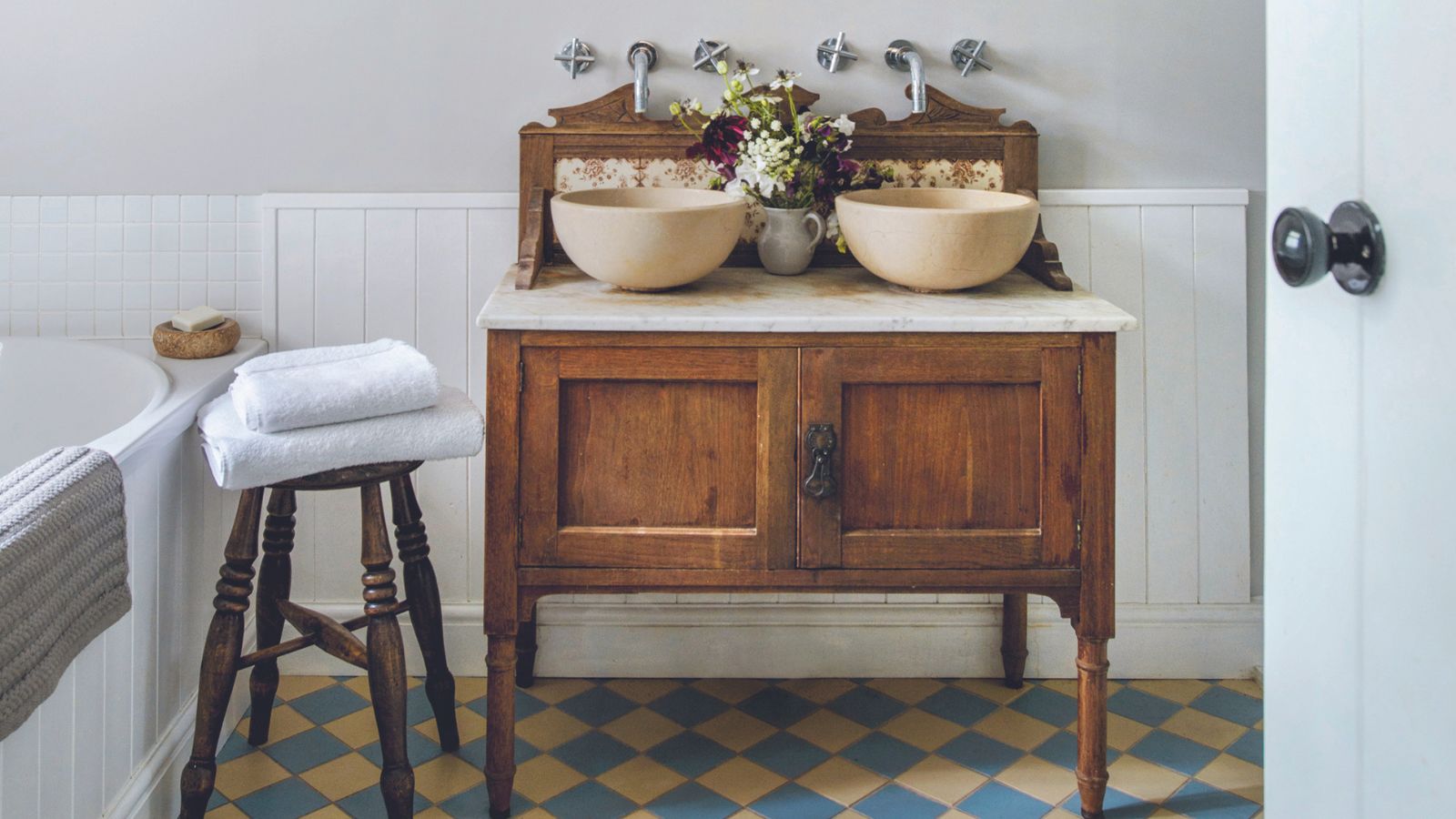 I'm 5ft2 and this telescopic scrubber safely and easily banished mold and grime in even the hardest-to-reach areas of my bathroom in less than 15 minutes
I'm 5ft2 and this telescopic scrubber safely and easily banished mold and grime in even the hardest-to-reach areas of my bathroom in less than 15 minutesMy bathroom has never looked better thanks to this handy $16 two-in-one tool from Joseph Joseph
By Ottilie Blackhall Published
-
 A $170 limited-time discount makes this the most affordable Dyson cordless vacuum on the market right now
A $170 limited-time discount makes this the most affordable Dyson cordless vacuum on the market right nowYears after its release, the Dyson V8 still impresses us with its features and power
By Dan Fauzi Published